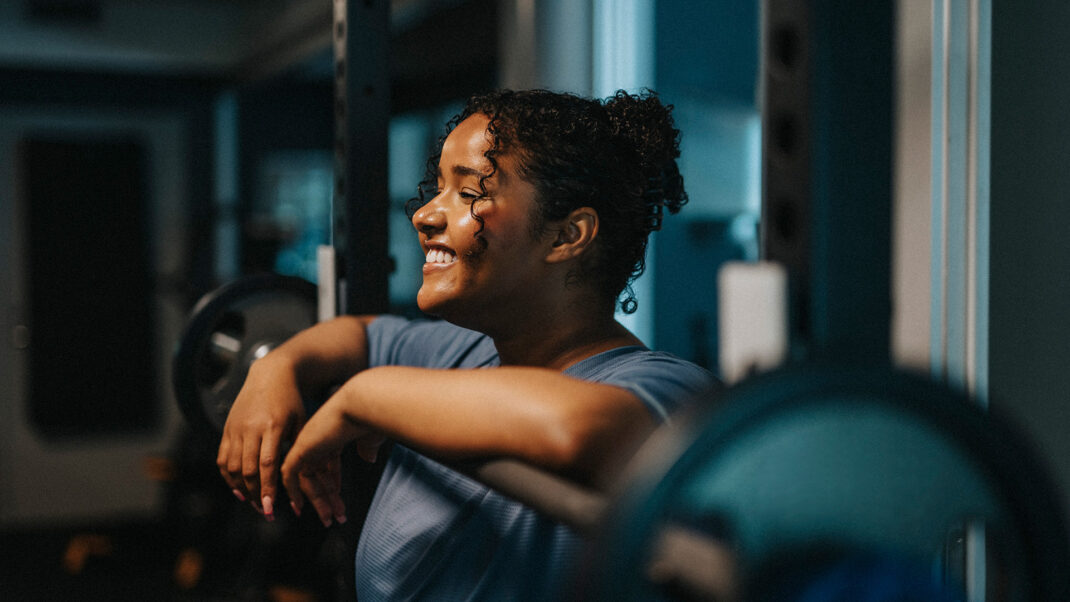Men: Exercise During 20s Reduces Osteoporosis Development
Osteoporosis is not a disease typically associated with men; however, the National Osteoporosis Foundation (www.nof.org) estimates that almost 3 million American males aged 50 or older have this potentially dangerous disease. Fortunately, men can cut their future risk of developing osteoporosis by exercising regularly in their 20s.
Researchers from the University of Gothenburg and from Chalmers University of Technology, in Gothenburg, Sweden, wanted to see whether increased physical activity over a 5-year period would impact bone growth. They asked more than 830 men to complete an activity questionnaire at baseline and at the end of the study. Subjects were 18–19 years old at the start. Physical activities varied and included sport-specific options like soccer or hockey as well as strength training, jogging and bicycling. Each type of exercise was given a specific score based on its estimated ground reaction forces. Bone mineral content (BMC) and areal (aBMD) and volumetric (vBMD) bone mineral density were also measured at the beginning and end of the 5-year period.
“Increased physical activity between the baseline and follow-up visits was associated with favorable development in BMC of the total body, aBMD of the lumbar spine and total hip, as well as with development of a larger cortex and a denser trabecular bone of the tibia,” the authors reported. The researchers did not reveal if they found correlations between particular types of physical activity and these improvements.
“In conclusion, increased physical activity was related to an advantageous development of aBMD, trabecular vBMD and cortical bone size, indicating that exercise is important in optimizing peak bone mass in young men.”
Ryan Halvorson
Ryan Halvorson is an award-winning writer and editor, and IDEA's director of event programming.






